Time and again, I keep mentioning that real Goa is beyond beaches and booze. In fact, the true essence of Goan life and culture is tucked away in its many small villages and talukas. Each of these villages have interesting and lesser known festivals which only locals know about.
Couple of months back, I got to know about one such village called VELING and an annual festival called JAGOR on a night trail with a local walking group.
VELING VILLAGE
Veling is a small, relatively unknown village located in the Ponda Taluk of North Goa. The lanes of Veling are dotted with several Hindu temples, some of which have been in existence for hundreds of years.The most famous ones are: Shree Lakshmi Narasimha Temple [Pics Below], Shree Shantadurga Sankhwaleshwari temple and Shree Vetaaleshwara Temple.
SHREE LAKSHMI NARSIMHA TEMPLE
This beautiful temple dedicated to Goddess Lakshmi and Lord Narsimha. The latter, with a half-human and half-lion body, is one of the reincarnations of Lord Vishnu.
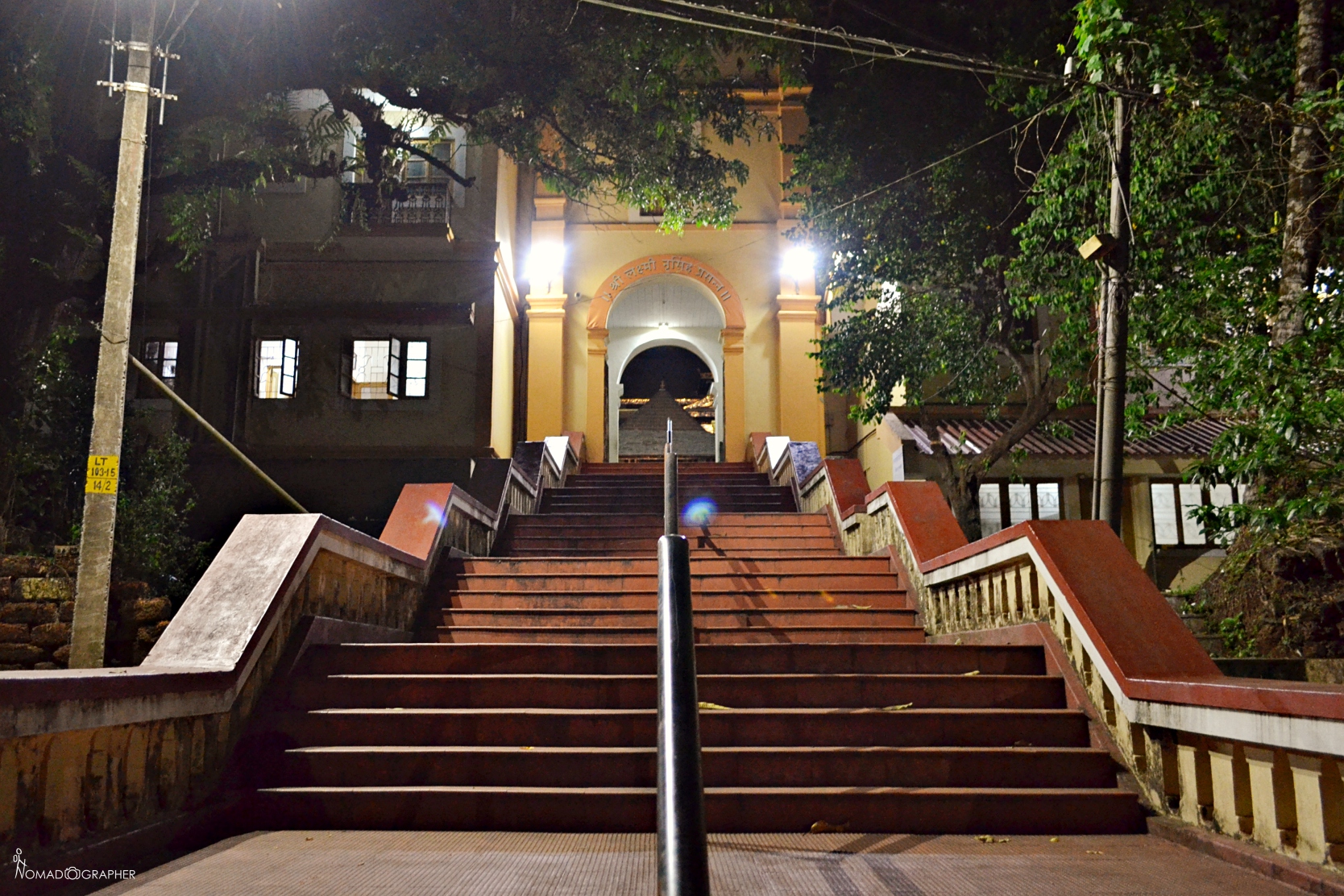
Back in mid-1500s, when the Portuguese invasion and colonisation in this region was at its peak, several temples across Goa were shifted so as to protect the deities. Shree Narsimha Temple was no exception. Shree Lakshmi Narasimha Temple as well as Shree Shantadurga Sankhwaleshwari temple were both originally located in Sancoale Villlage and were transferred here in 1560s. Over the years, it has been renovated several times.
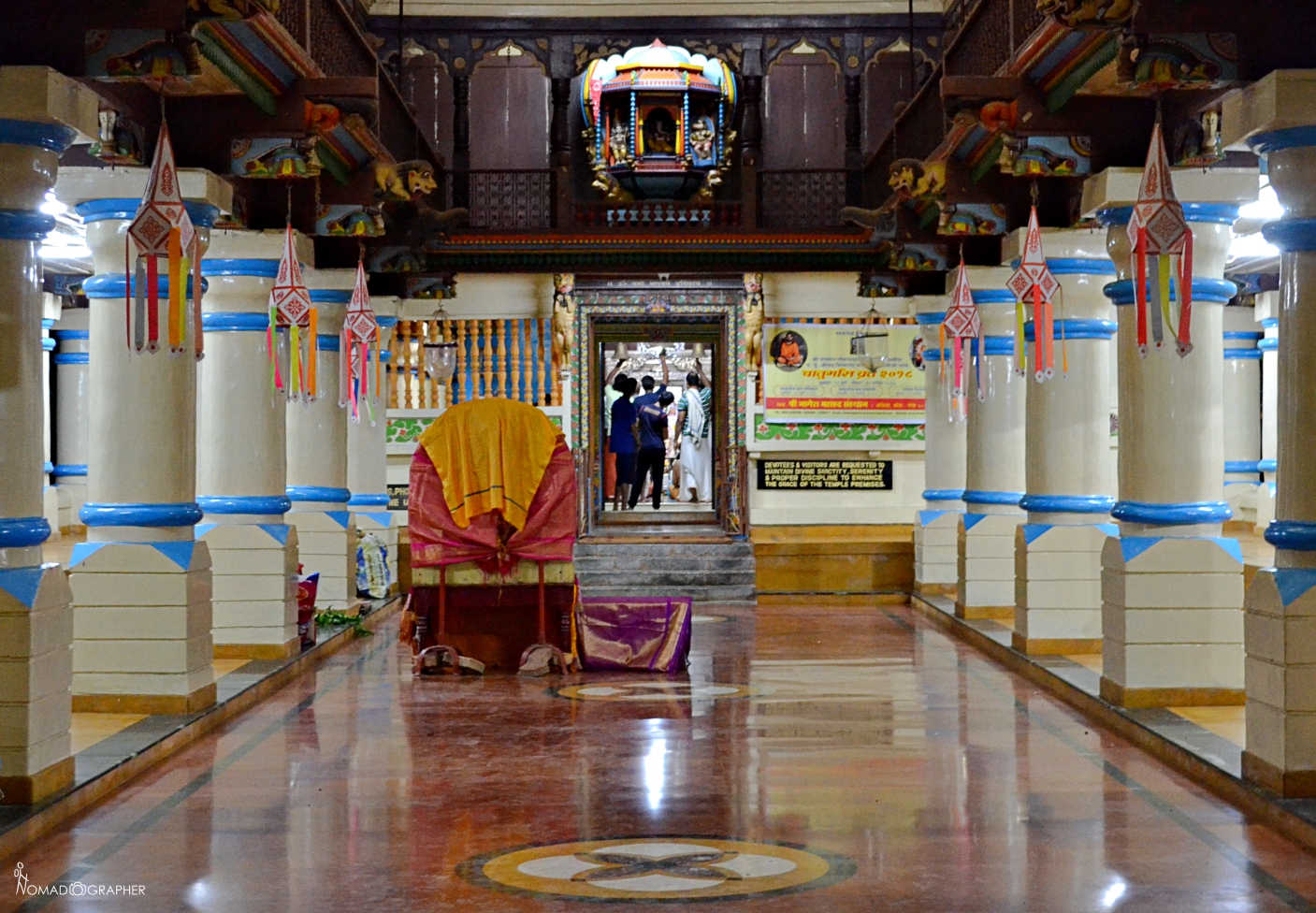
Within the the temple complex lies a vast freshwater tank which is filled by a natural freshwater spring. The water-tank is surrounded by lush greenery and tall coconut trees, giving it a calm and serene vibe.
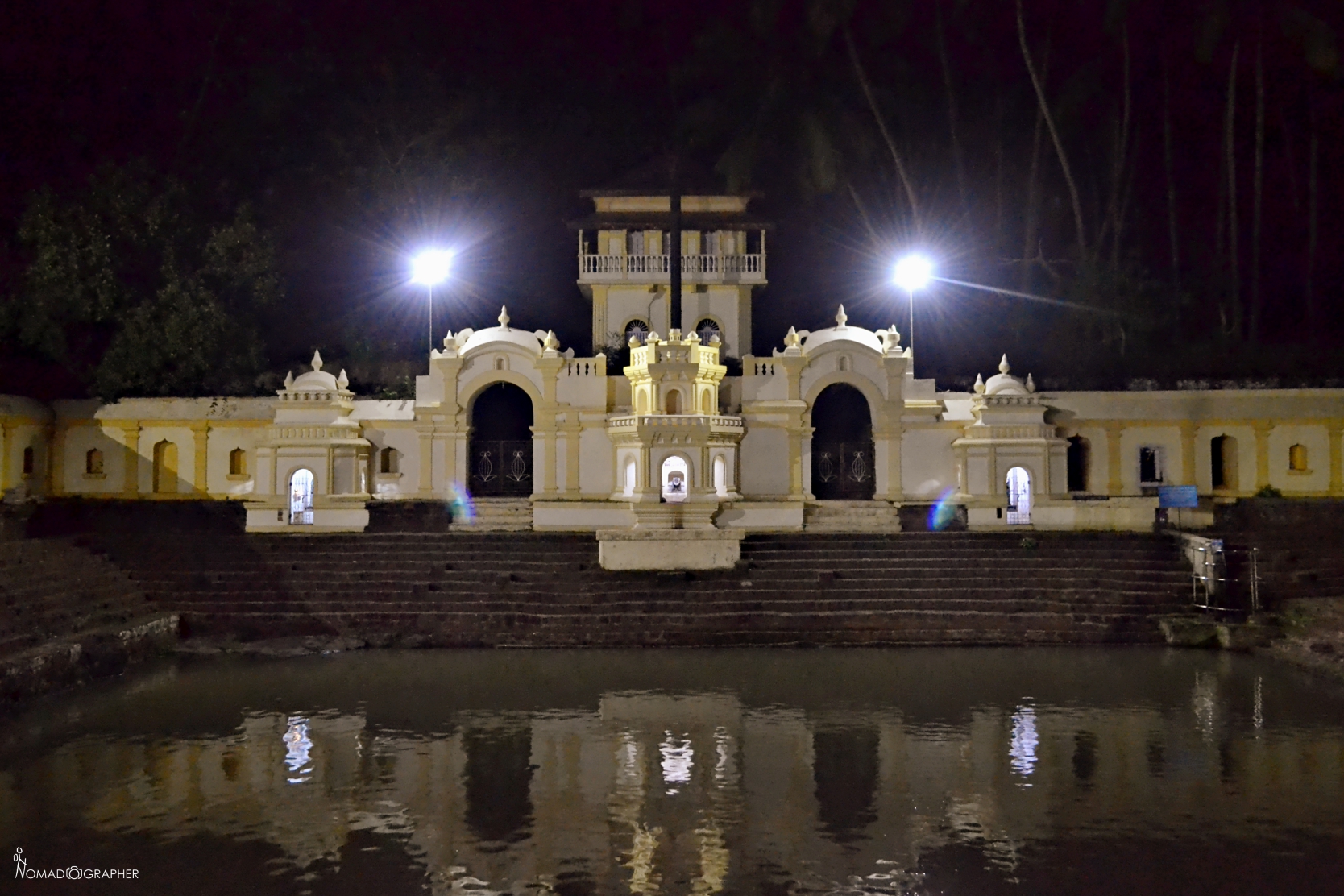
VISIT TO A 200 YEARS OLD HOUSE
On the night trail, we also got a chance to visit a local family’s home. The house was apparently more than 200 years old.
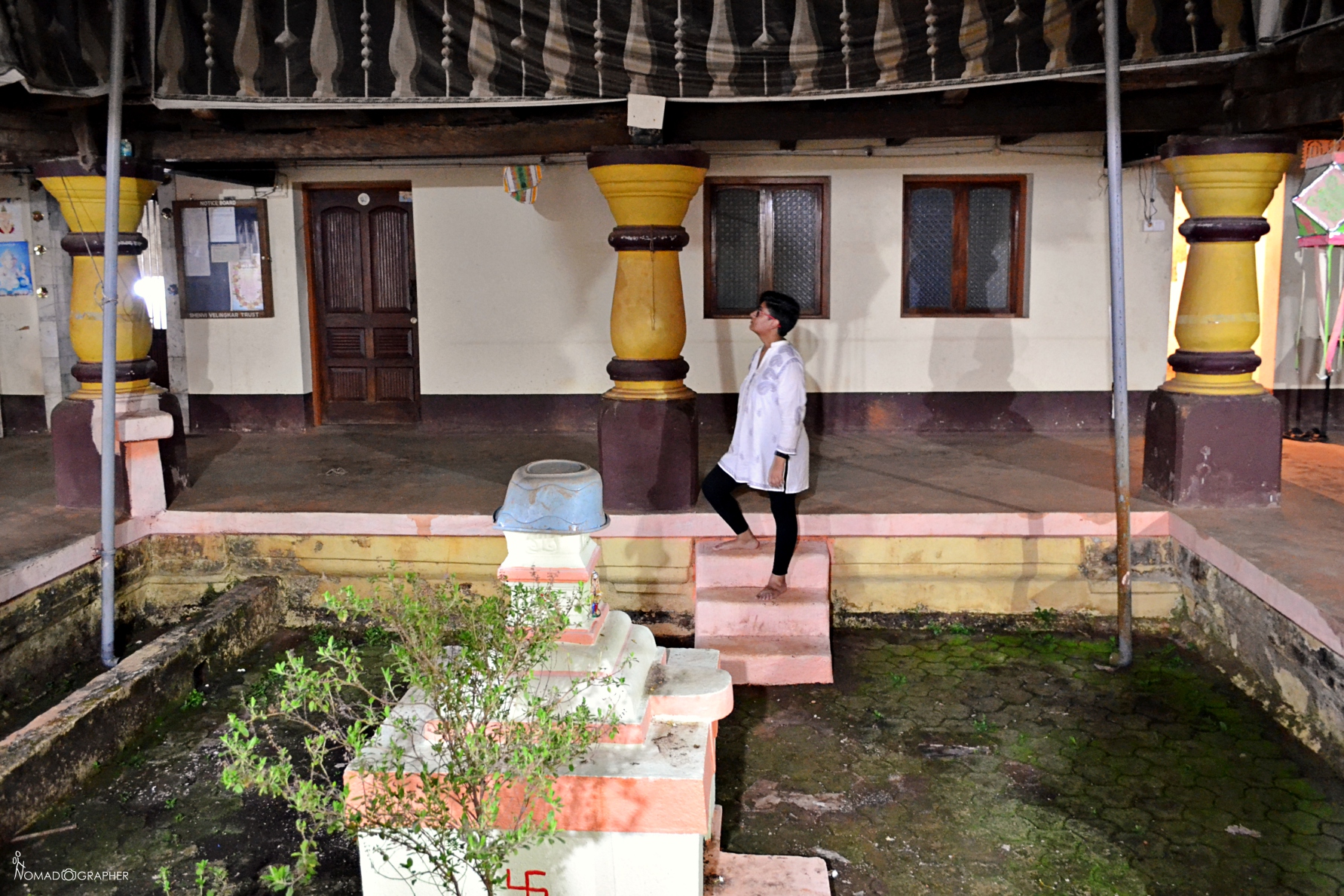
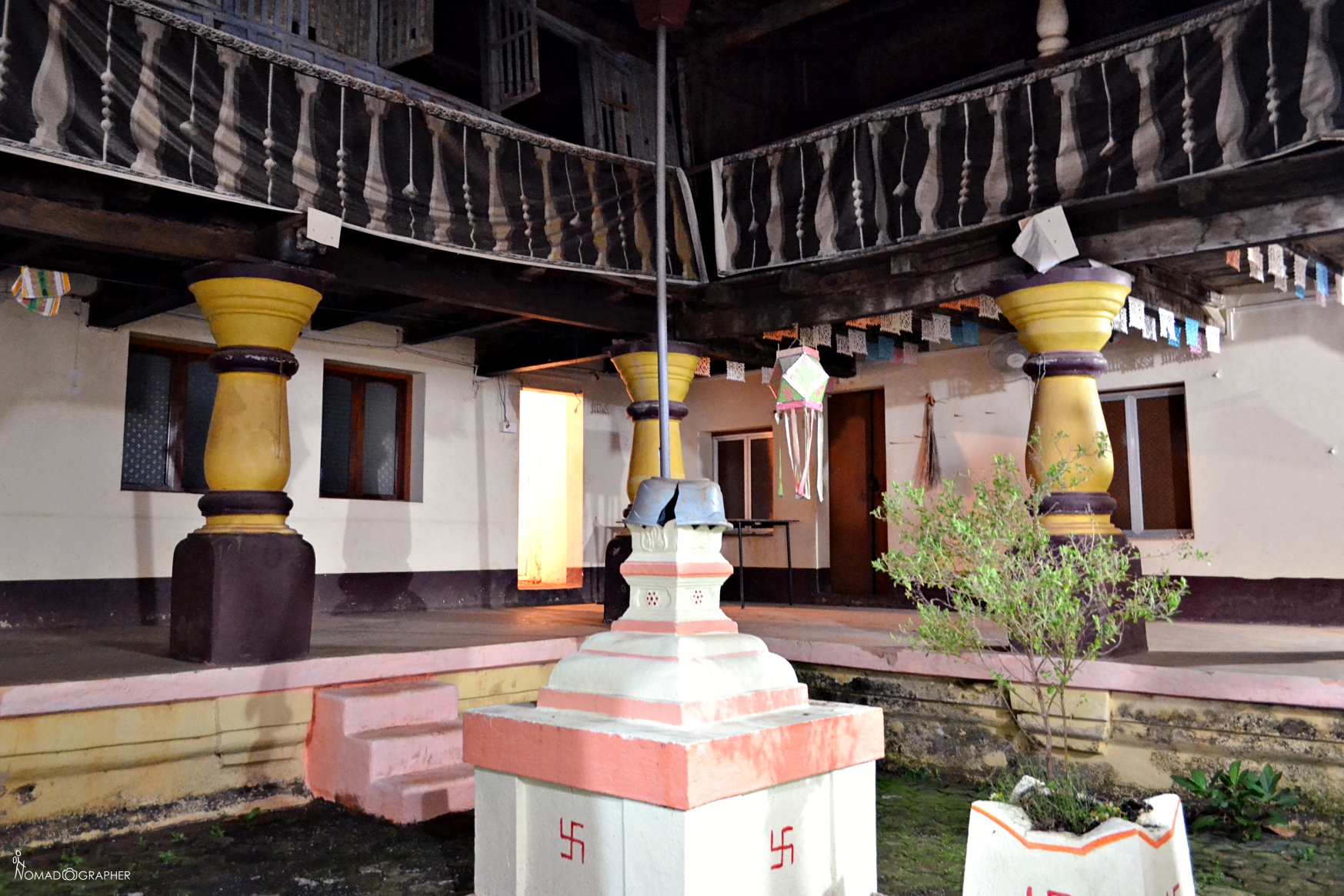
Most of the family members have either shifted to different parts of Goa or moved out of Goa, but every year whole family comes together for the Ganesh Chaturthi celebration.
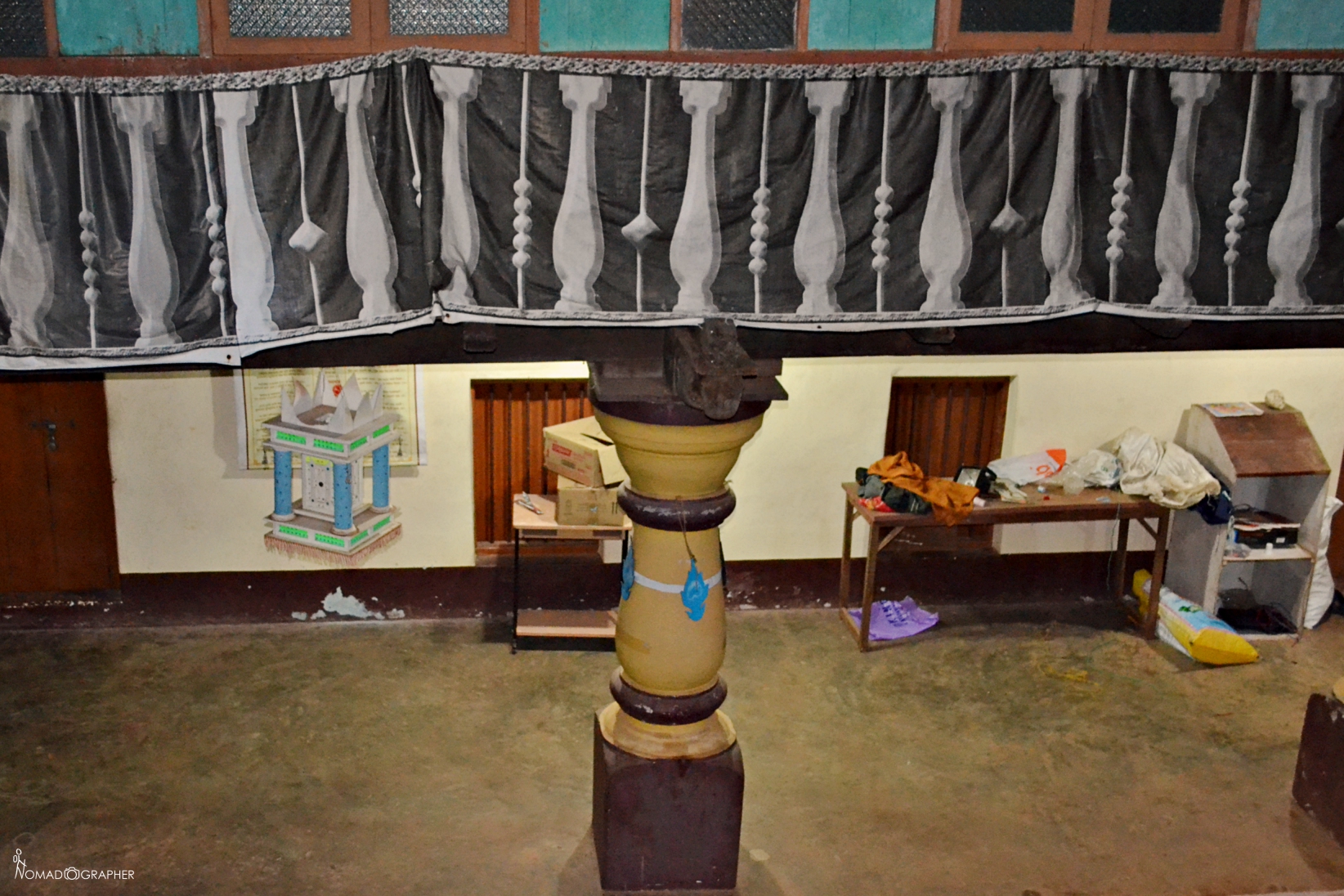
It had some typical architectural features of a Hindu Goan House:
- A central courtyard surrounded by a roofed, colonnaded corridor (aka ‘Chowki’) and rooms on ground and first floor.
- A tulsi plant in the centre of the courtyard
- Colonnaded corridor was used as a dining area during festive occasions
- The central courtyard also functioned as an indoor pond during monsoons
Another notable feature, but not specific to Hindu Goan House, is that instead of glass, ‘placuna placenta’ oyster shells were used in the windows.
These kind of courtyard-houses can be found all across India, with several modifications and are known by different names like haveli, nalukettu, wada etc.
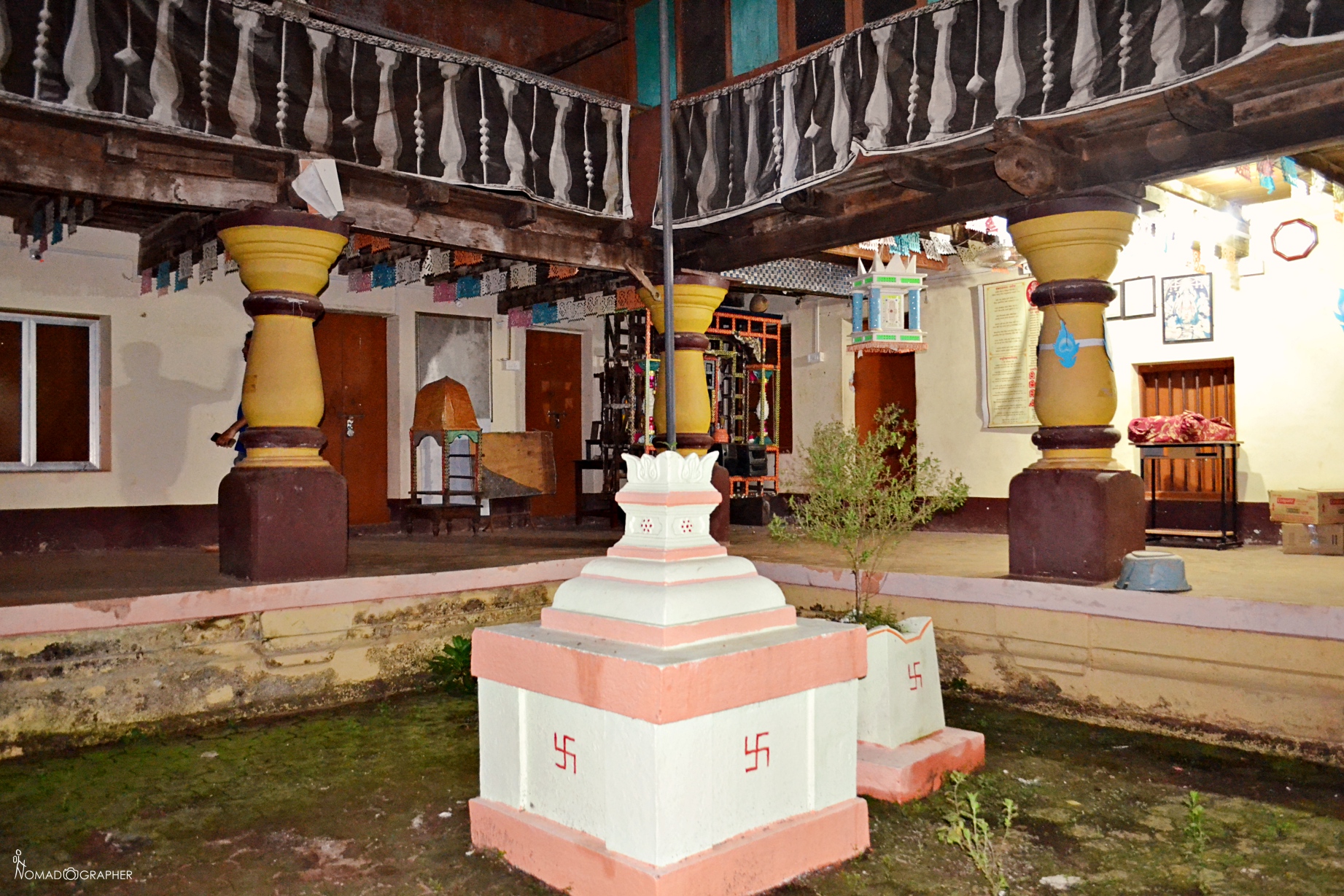
SCENES FROM JAGOR / ZAGOR FESTIVAL
Jagor, which literally means Vigil, is a local ritual filled with music and dance where people stay awake whole night to celebrate and to worship God. Every village has their own versions of Jagor. Although, the tradition has started fading away, but some villages, like Siolim and Veling, still celebrate it with full fervor. Veling’s Jagor is a harvest festival celebrated by Gaud (Saraswat Brahmin) community of Goa.
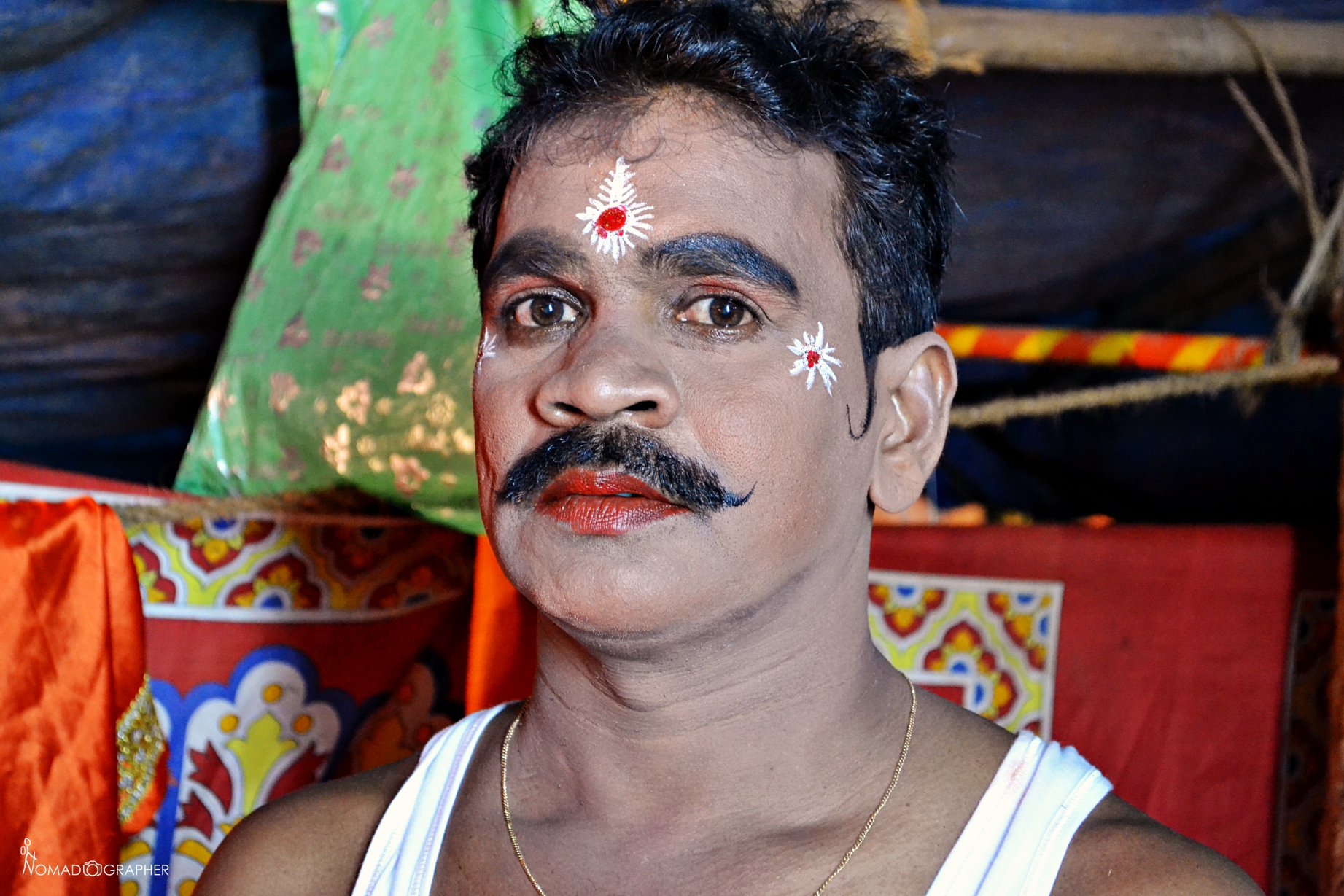
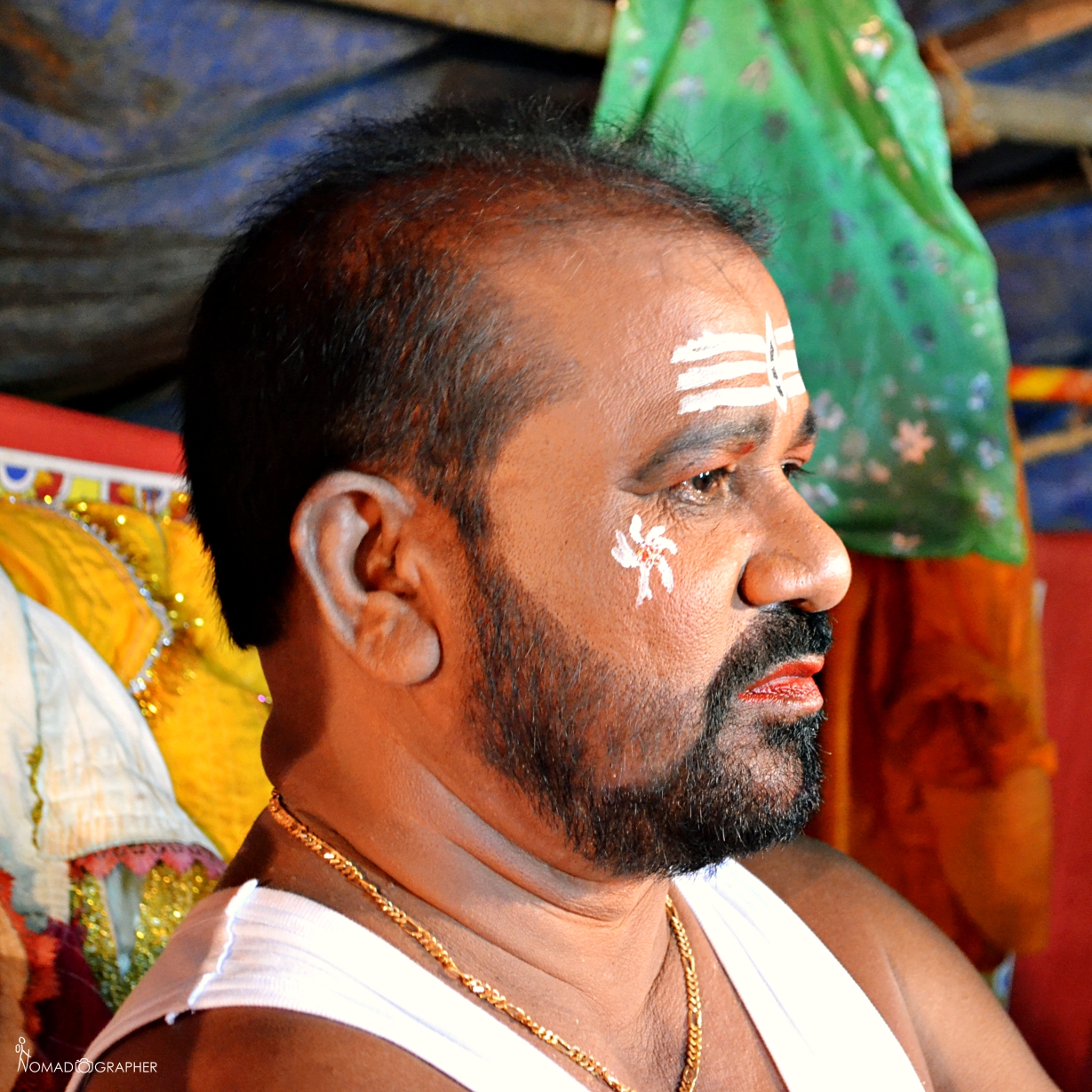
Veling is also home to renowned folklore artist Mr. Kanta Gaude [above], Goa State Culture Awardee for Folklore, who has travelled all across the globe to showcase his unique form of folk dance. On this night trail, we also got a chance to watch his performance live.
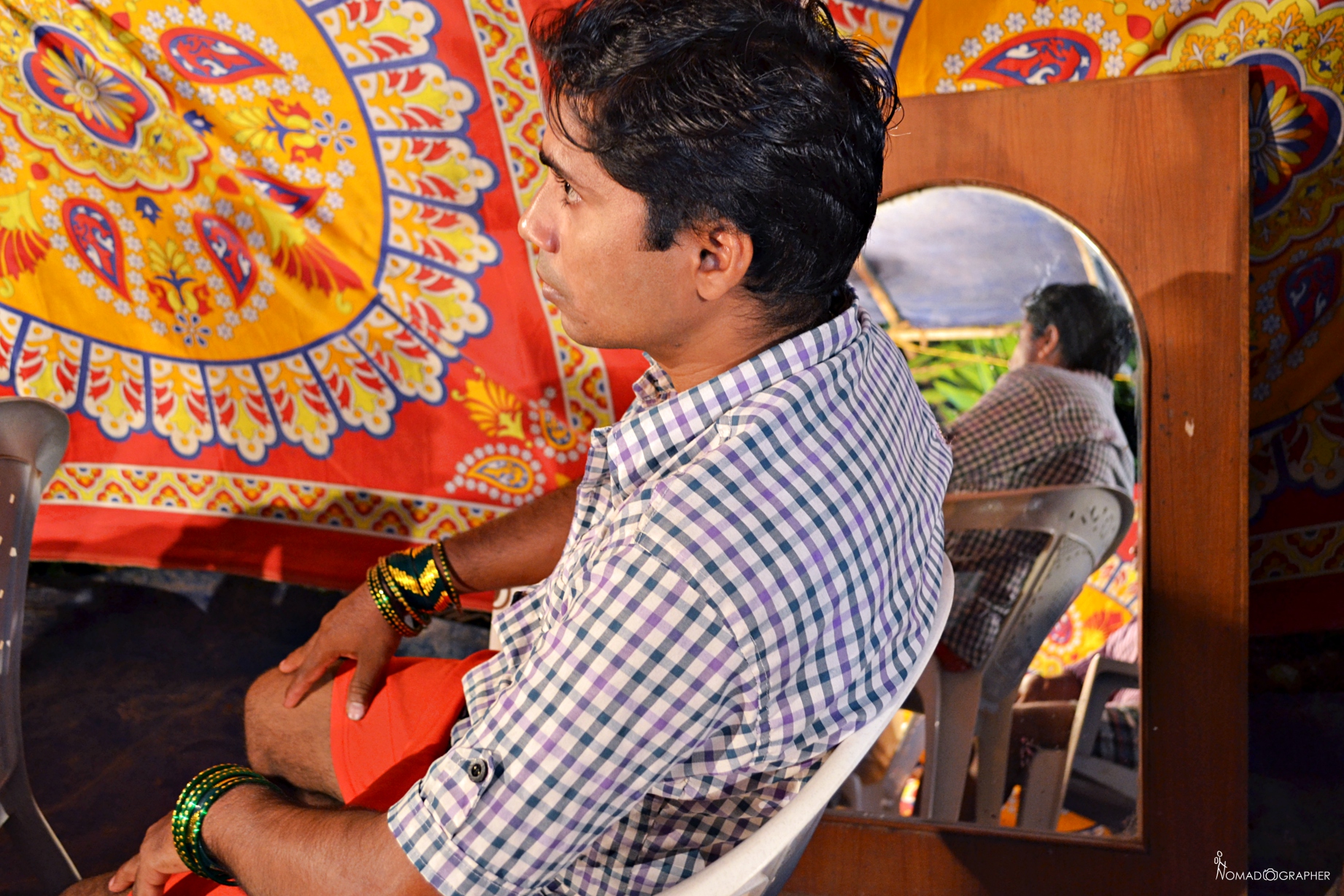
The most interesting thing is that all the performers are men, irrespective of the gender of the character they are playing. The reason being that back in old days, it was not considered good for women to dance in front of such a huge gathering. Hence, men used to dress up as women and perform. This can be seen in several other folk dance forms across India. So, to keep the old traditions alive, men still dress up in beautiful sarees and make-up, and dance whole night to honor the Gods and the deities.
Here is a glimpse of Veling’s Jagor Festival:
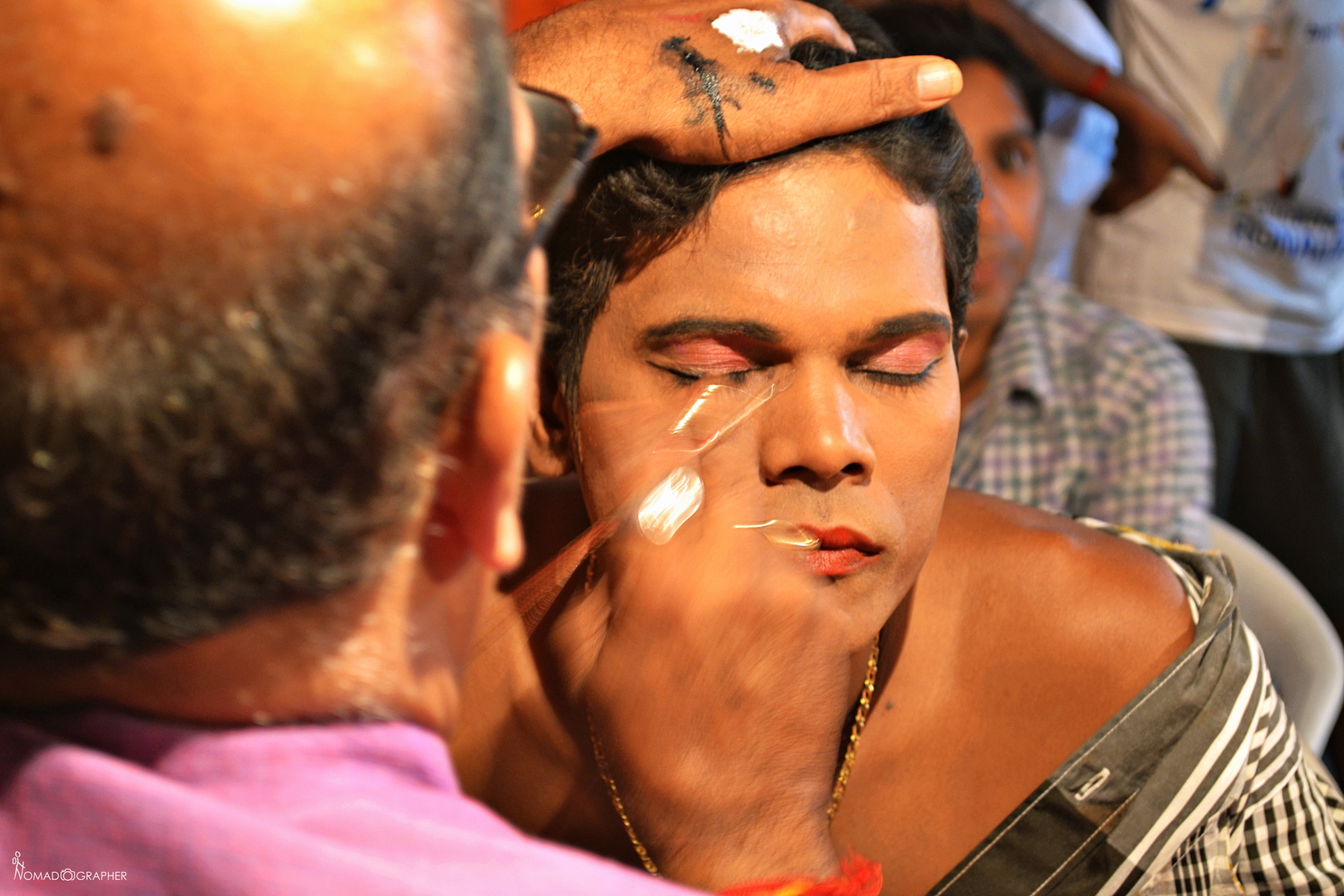
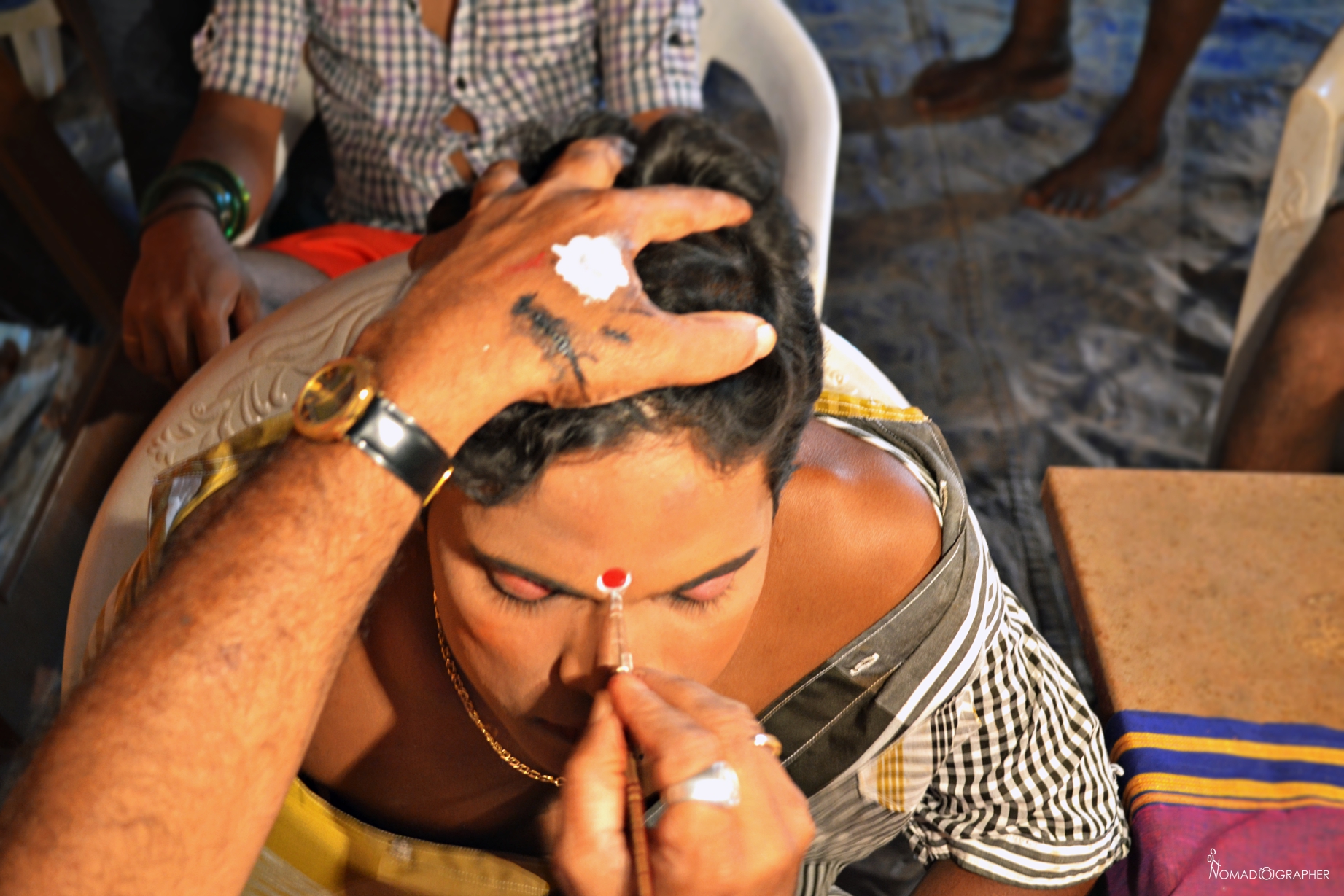
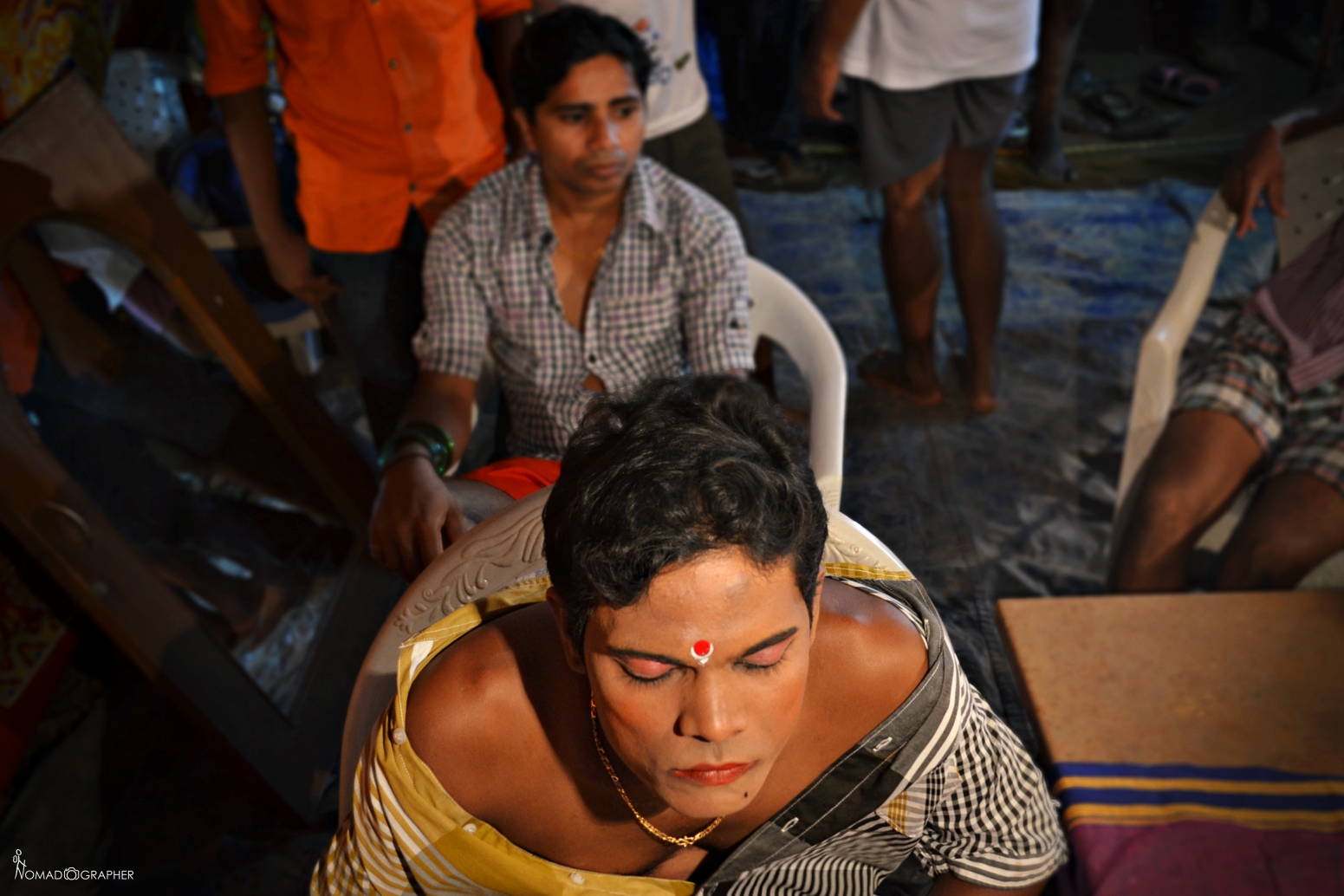
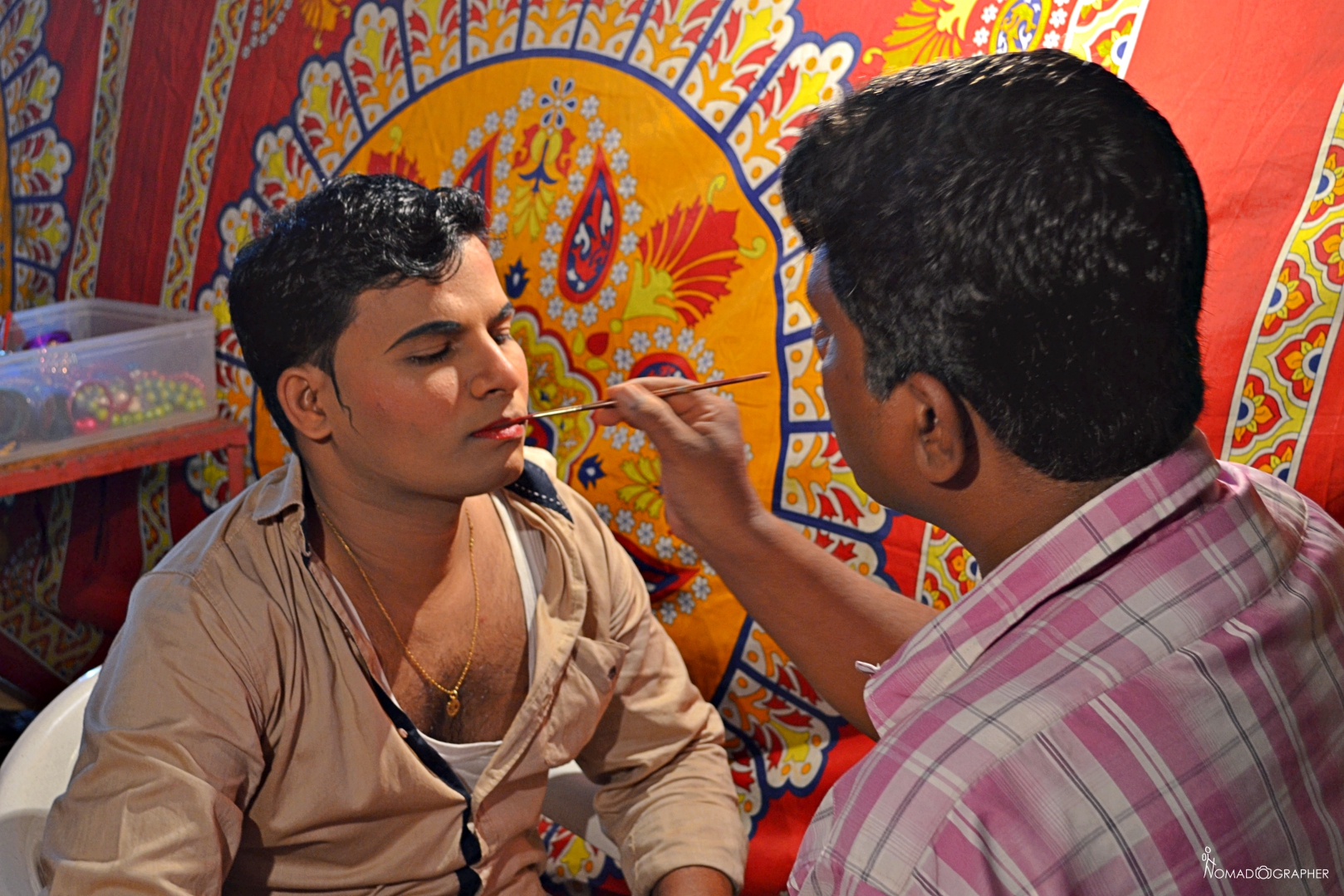
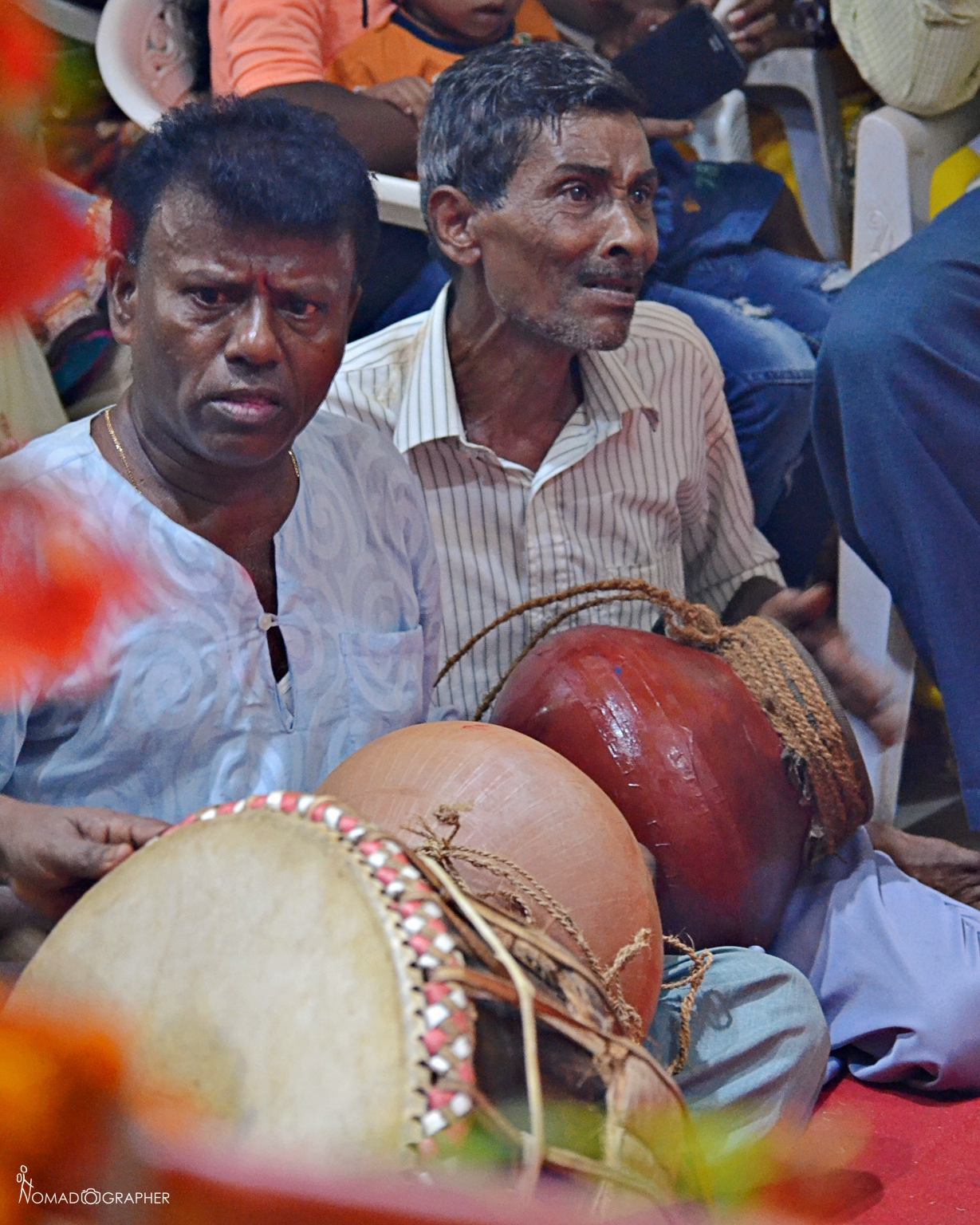

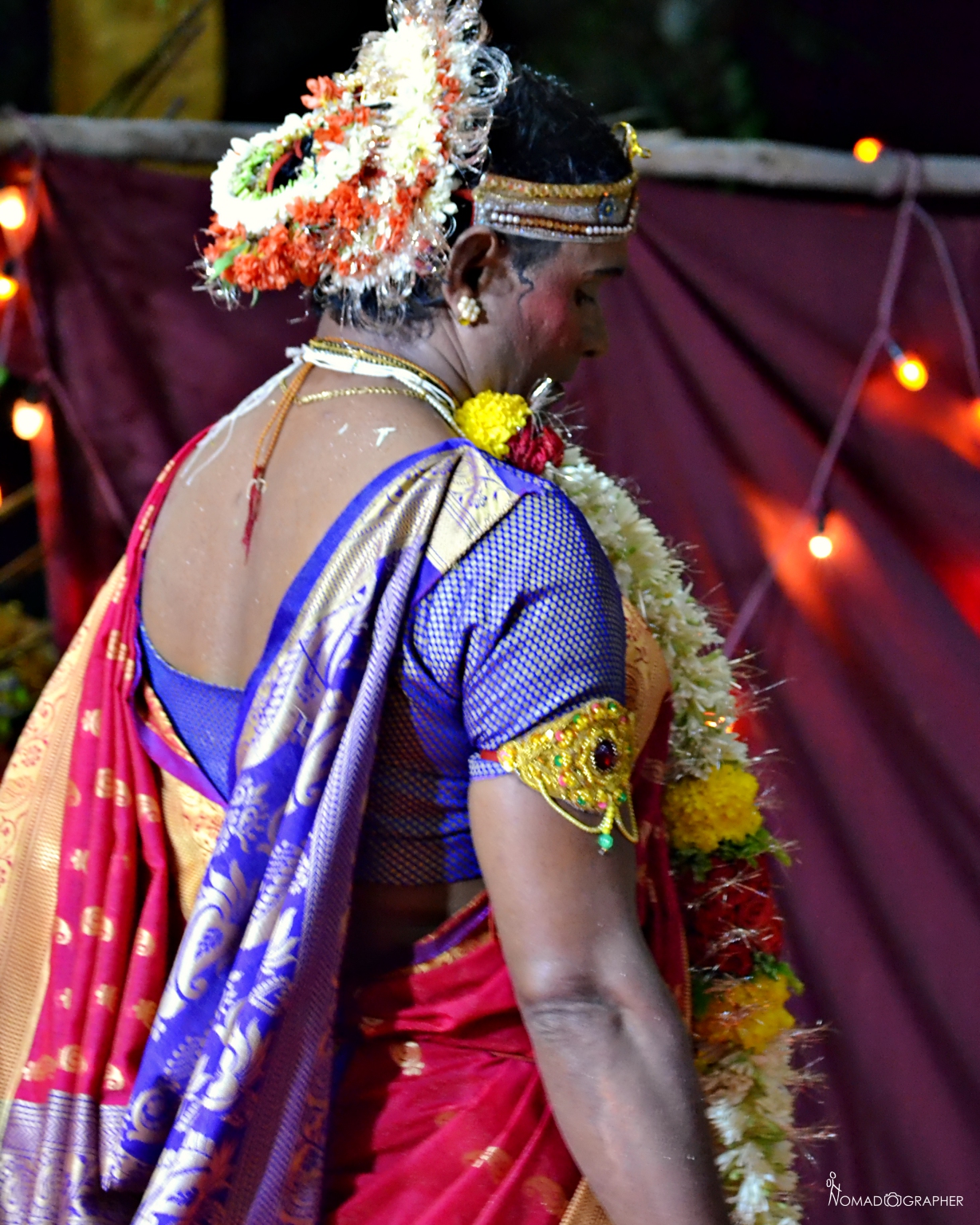
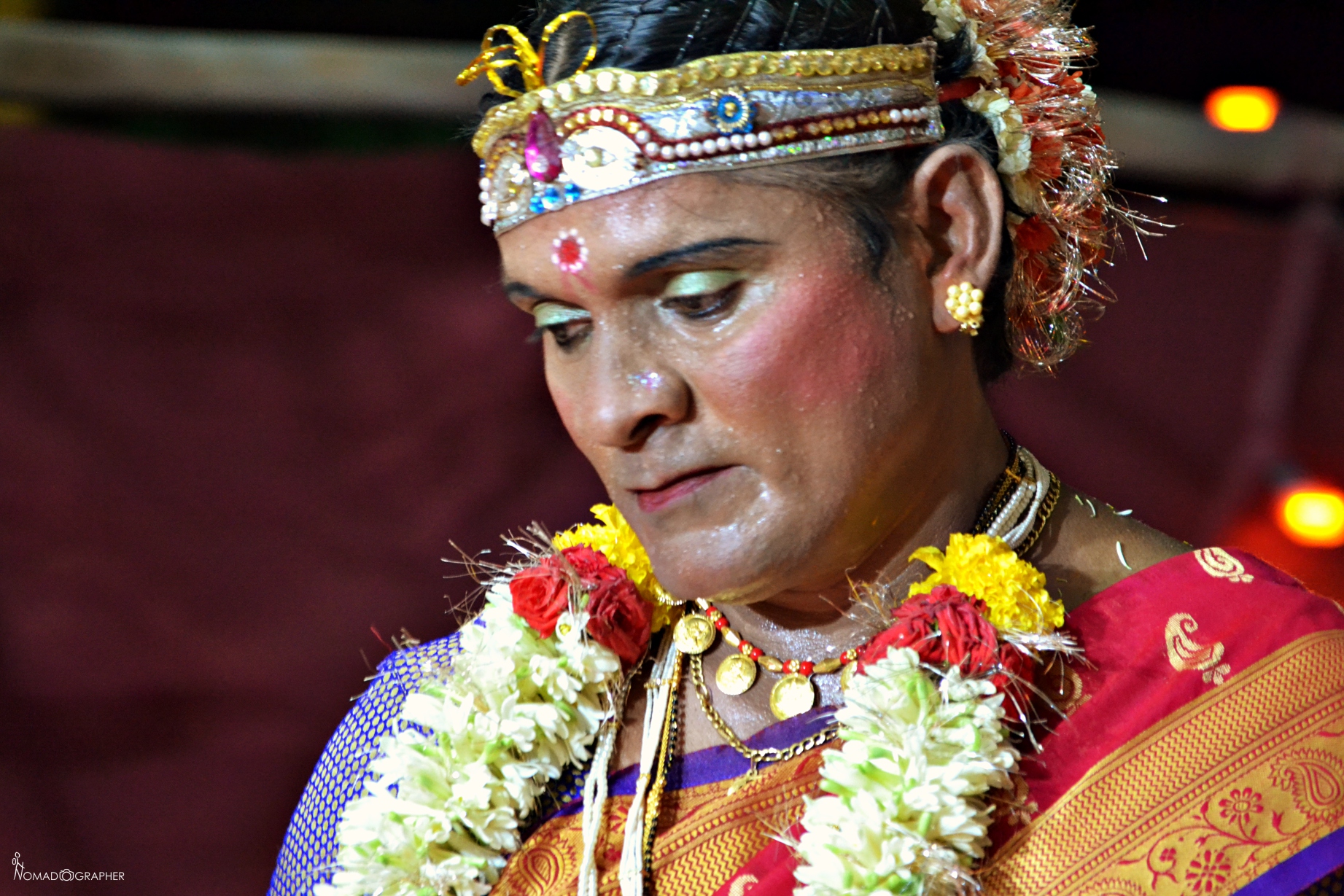
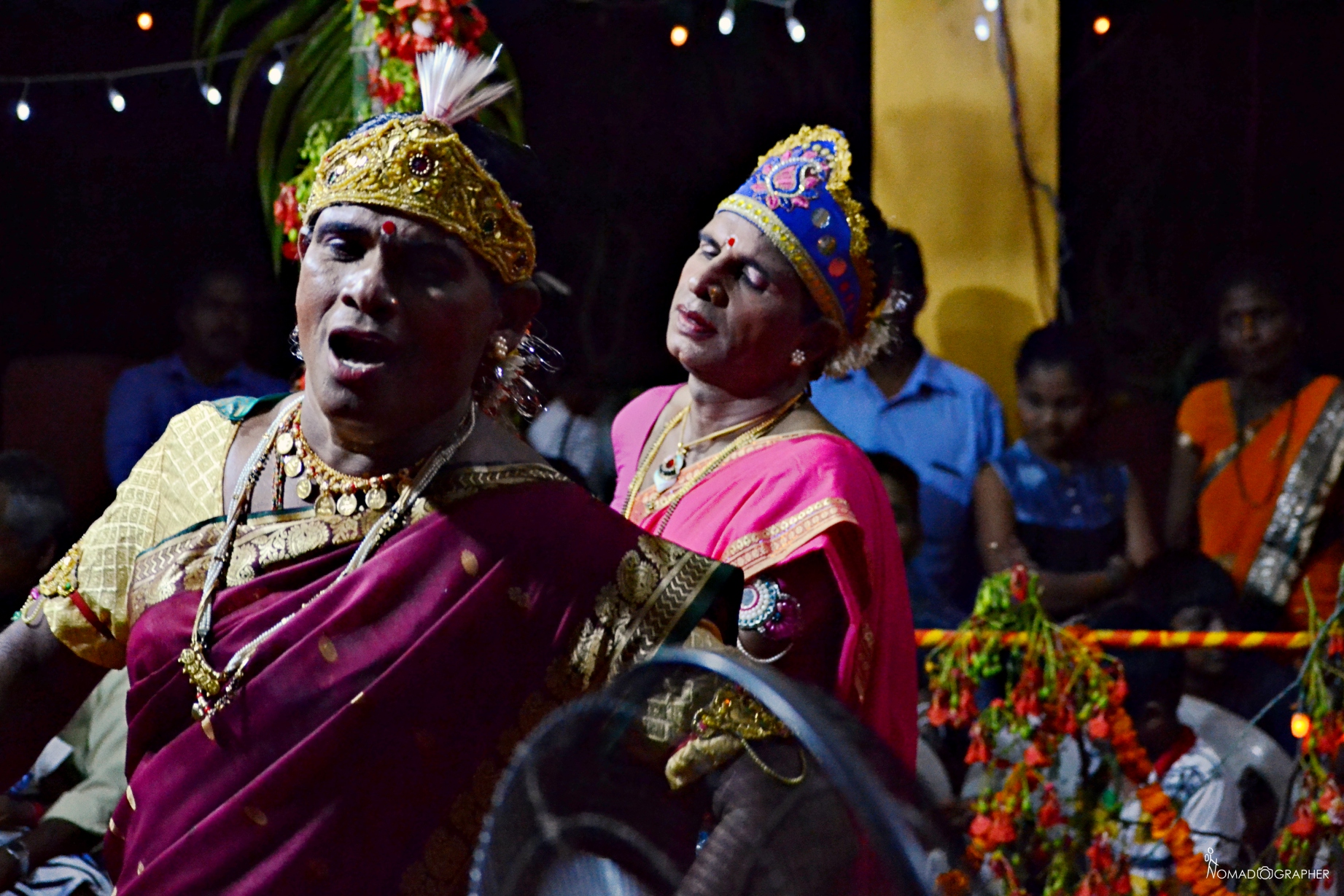

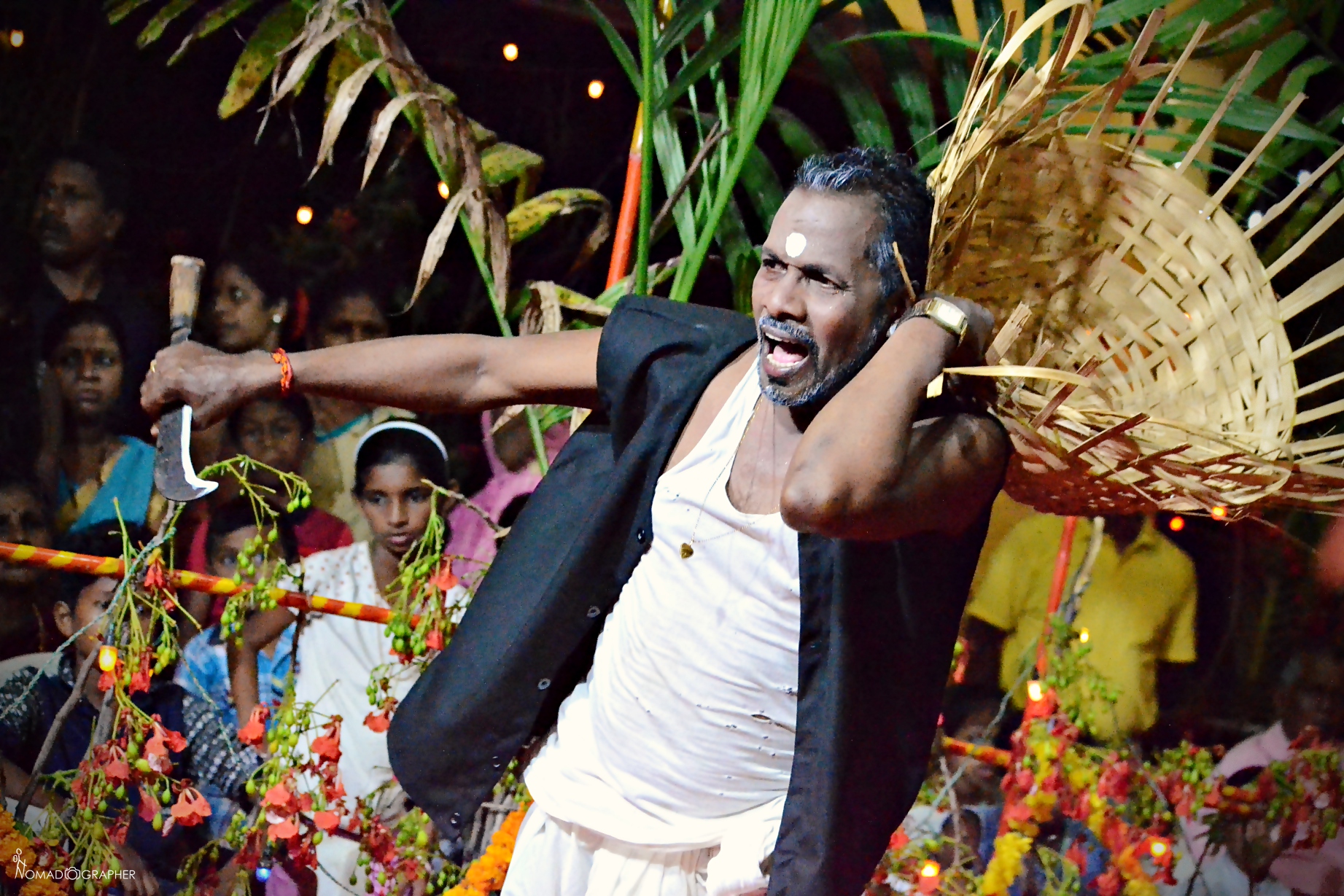
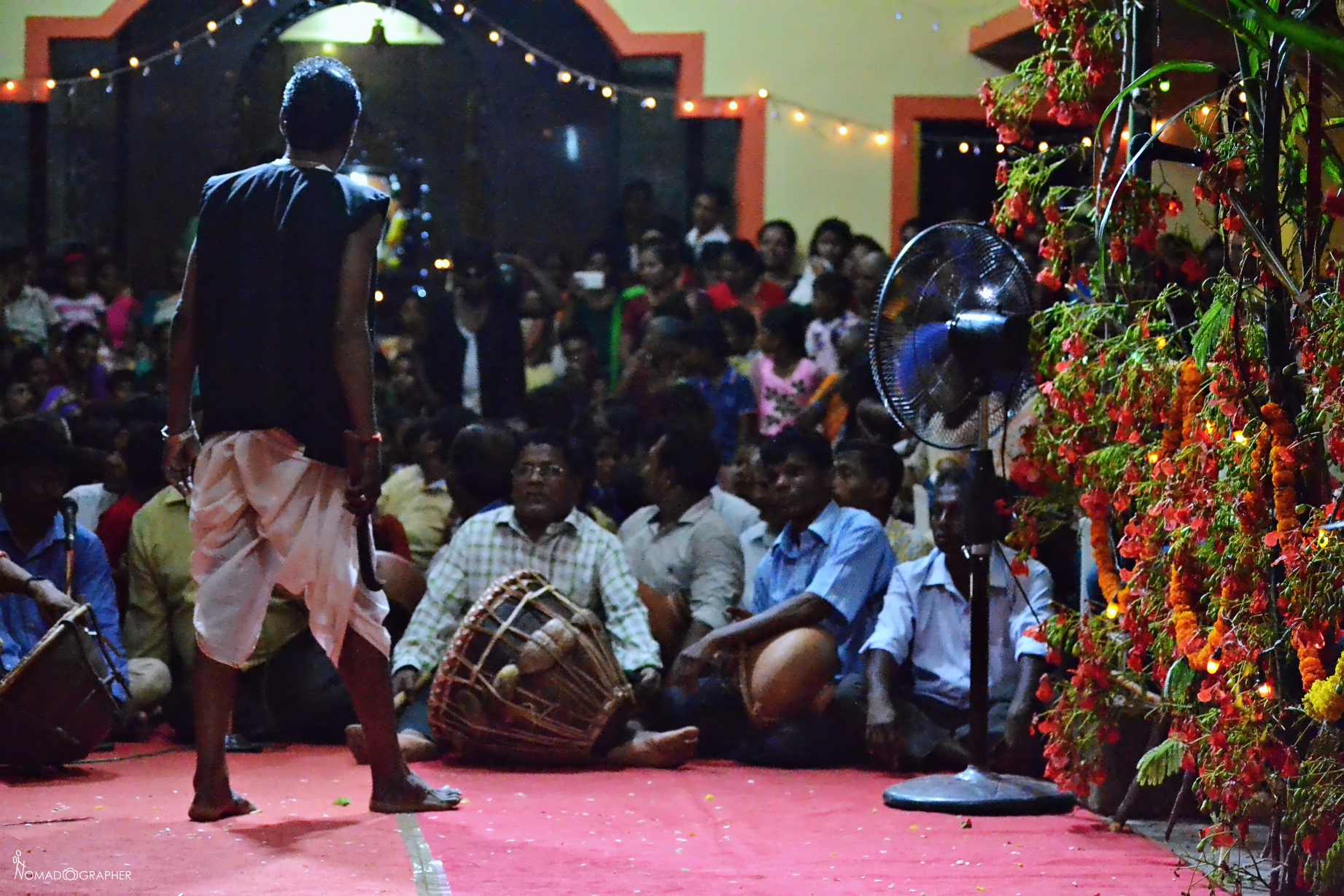
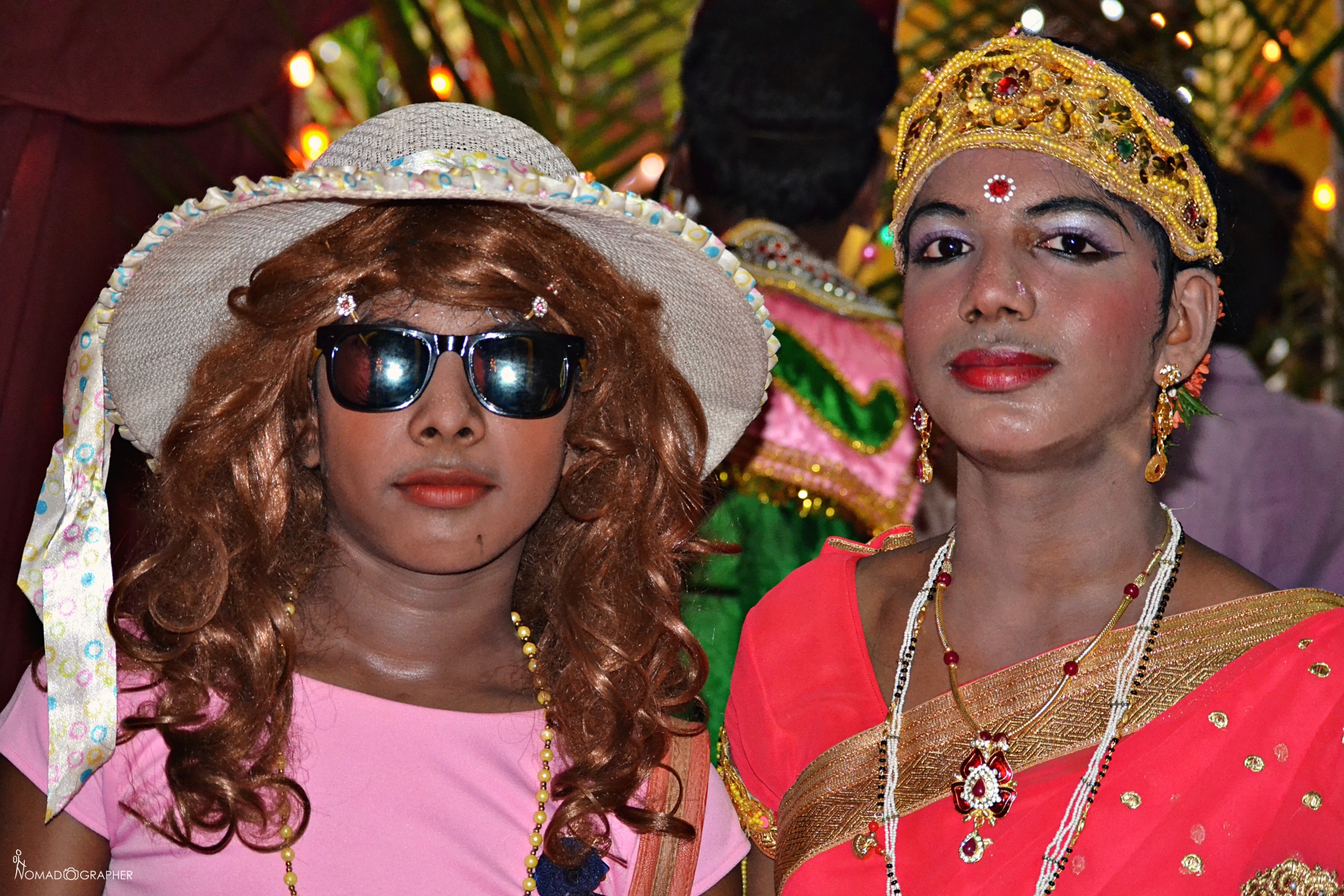
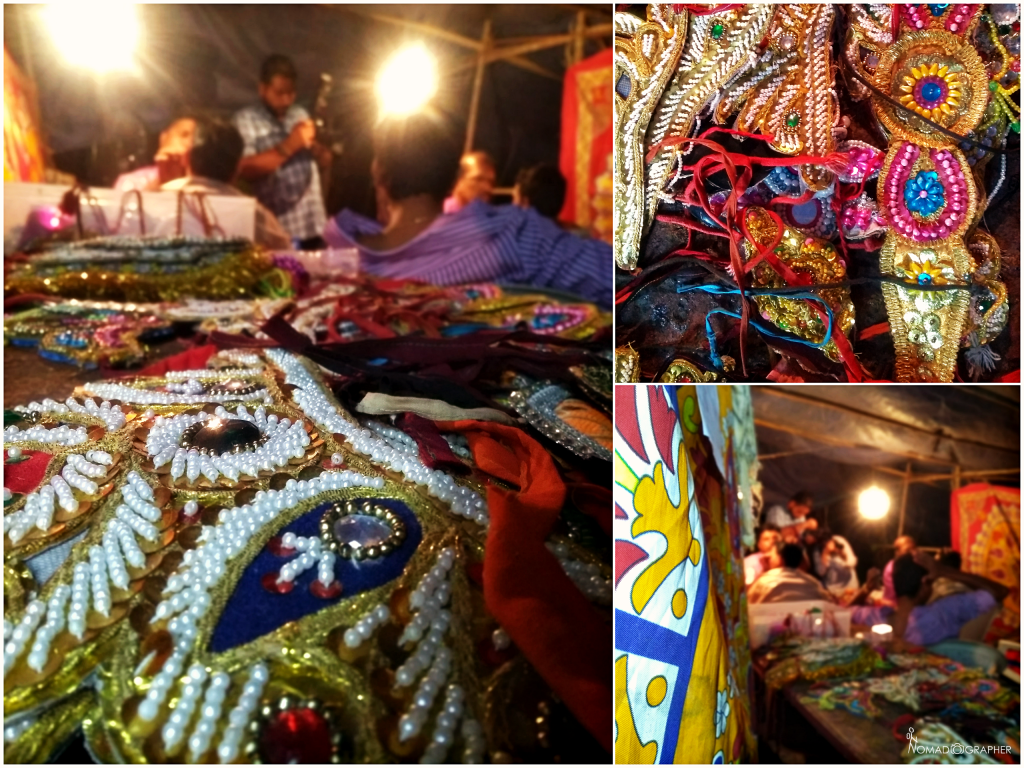
In this rapidly evolving and changing era, we need to make sure that lesser known art-forms like these are preserved and promoted. Youngsters need to be educated how these folk art forms are an important part of their cultural heritage and identity.
I am glad that I got to know about this. Can’t wait to experience this vibrant celebration once again!
NOTE: I did this Night Trail with a local walking tour group called SOUL TRAVELLING. If you live in Goa or you are planning a quick trip to Goa and want to experience it beyond the beaches & the usual stuff, then you must try one of their walks.
CONNECT ON SOCIAL MEDIA

For travel and photography assignments, reach out to me HERE.
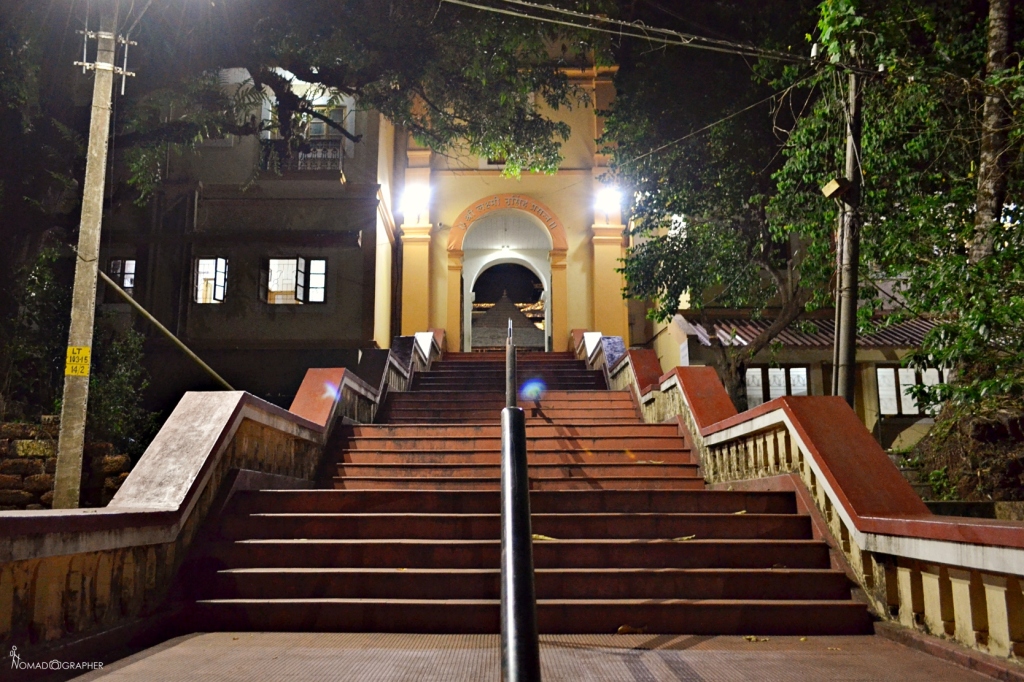
Leave a comment